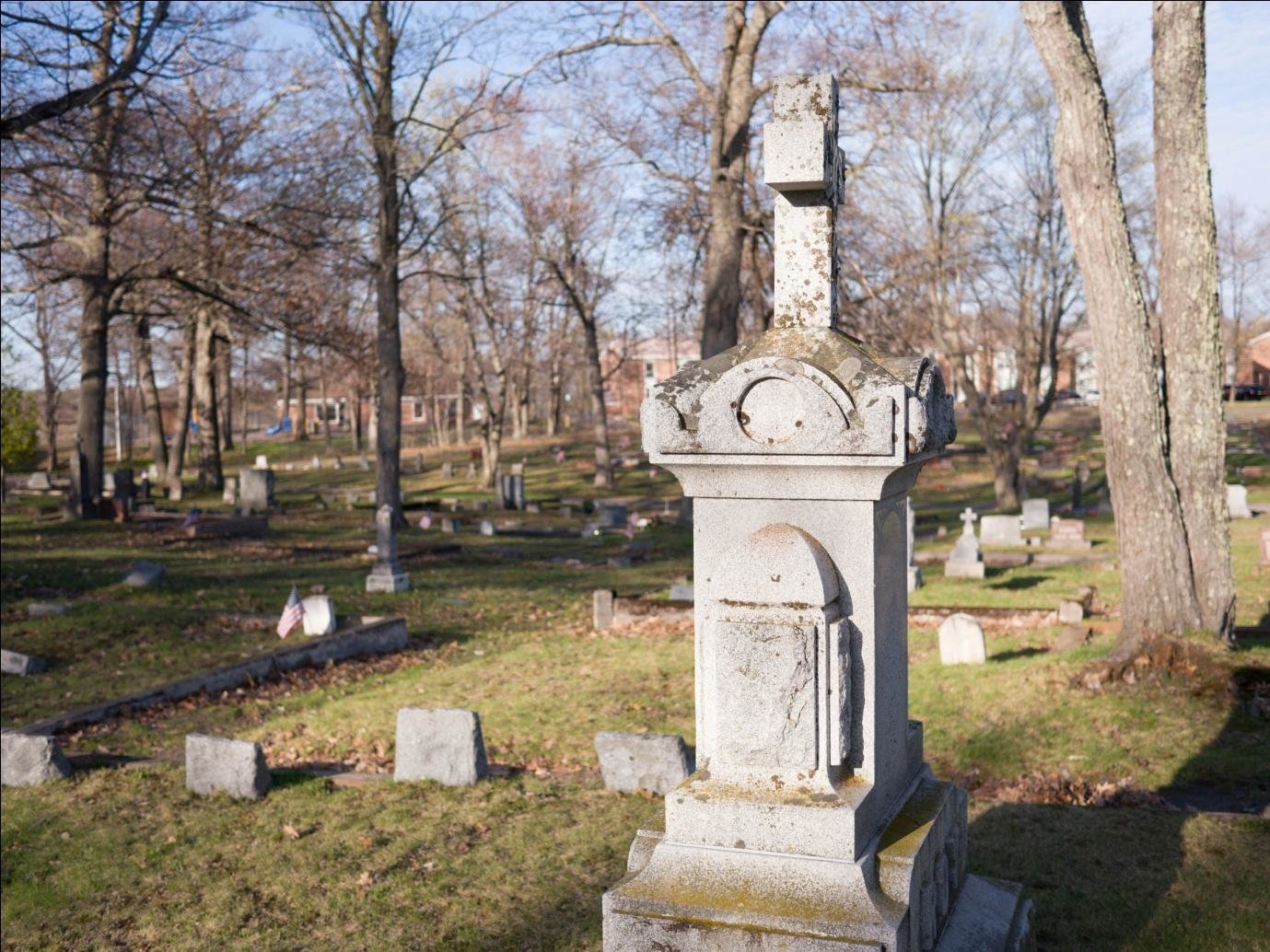Introduction
Susan Sontag’s essay “Melancholy Objects” is one of the several essays in her collection “On Photography” published in the United States in 1973. The main purpose of Sontag’s essay is to focus on surrealism in photography. For instance, she attempts to compare surrealism with painting, where she argues that there is no real surrealism in painting.
She further argues that photography is the only form of art that displays true surrealism. Therefore, it is evident that she considers surrealism as a local and specific place rather than an imaginary or a creation of the artist. Using some photographs of different people taken earlier by Sander, Sontag concludes that collecting real images in photography is the only way surrealism can help people understand their world.
Arguably, Susan Sontag has developed one of the most important arguments as far as artwork is considered. She tends to create a discussion of the relationship between photography and melancholy, arguing “…photography is an inventory of mortality…” (Sontag 70). The purpose of this paper is to develop a critical evaluation of Sontag’s claim of melancholy and Photography, with reference to a photograph taken for a tombstone in a cemetery.
The relationship between Photography and Melancholy
Susan Sontag (70) argues that “…photographs are not final, but inventory of mortality…”, which tends to mean that there is “…no final photograph…” (Sontag 70). It is worth noting that Sontag was attempting to develop a relationship between depression (melancholy) and photography, considering that she has already stated that “…photography is the only true surrealism…” (Sontag 66).
In this context, Sontag attempts to argue that photography shows the innocence as well as vulnerability of human lives as they head towards their own destruction. This statement tends to link death and photography, thus creating a link between photography and melancholy. In fact, death haunts all people- everybody wants to live longer, but we are all aware that we cannot escape death.

Figure: Photo of cemetery scenery
When examining the photograph of a tombstone in a cemetery, it is clear that this photography actually creates a sense of depression. For instance, one of the major ideas that cross the viewer’s mind is the general appearance of the graveyard. It looks neglected, lonely and generally untendered.
This aspect of the photography brings the idea that when someone dies, he or she goes to the world of loneliness- it appears that the persons buried in the cemetery do not have the ability to take care of their welfare. In fact, the grave looks old, implying that the world of the dead is fearful and undesired.
Secondly, the tombstone standing at the front of the photograph looks old, deserted and generally lonely. The words inscribed on the stone are not clear. The other stones around it are generally smaller and placed at a distance from each other. In general, the scenery looks deserted and lonely.
Conclusion
These aspects of the photograph make someone think of death- it is the fate for everyone. When we die, we leave the vigorous world to join a lonely world. In addition, one feels sad that the cemetery has real humans buried in the ground. If we know fore sure that someone we know is buried here and that he or she will never arise, one feels sad and depressed. Thus, there is a relationship between melancholy and photography as described by Susan Sontag.
Works Cited
Sontag, Susan. On photography. London, UK: Picador, 1977. Print